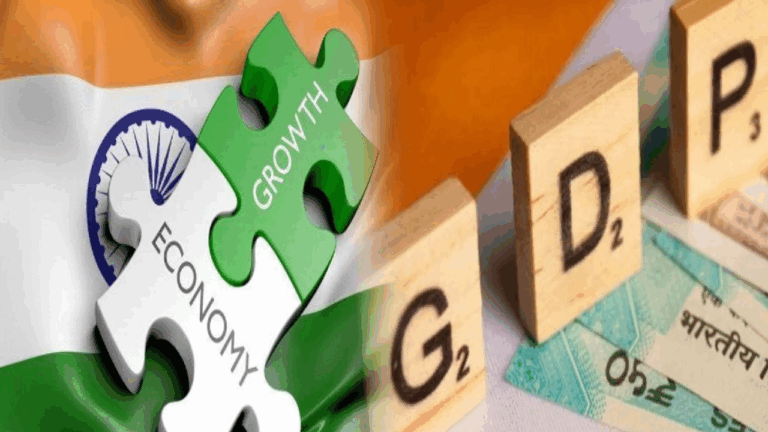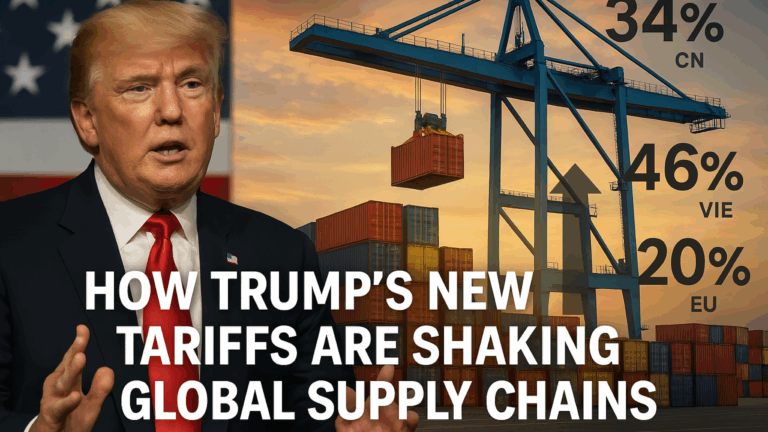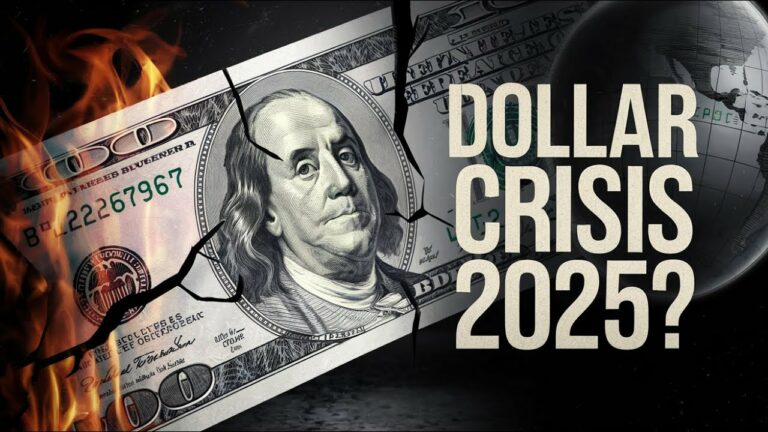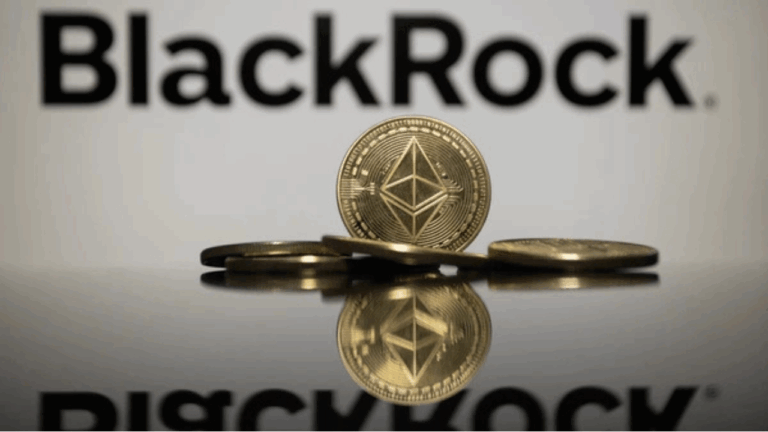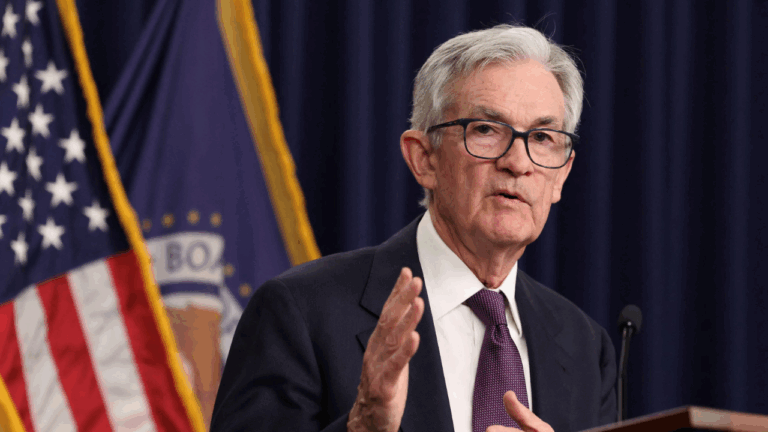U.S. Credit Rating Downgrade 2025: Global Market Reactions and What It Means for India
The global financial world shook on May 16, 2025, when credit rating agency Moody’s downgraded the U.S. government’s credit rating from Aaa (the best) to Aa1. This marks a major shift in how investors view America’s financial health. With U.S. debt now crossing $36 trillion, global markets—including India—felt the impact immediately.
In this AP News blog, we break down what this downgrade really means, how the markets reacted, and what Indian investors and the public should expect next.
What Does a Credit Rating Downgrade Mean?
Just like individuals have credit scores, countries are rated too. These scores help investors decide if it’s safe to lend money to a government. A downgrade means there’s more risk now in lending to the U.S. government. It also means the U.S. will have to pay higher interest on loans, which affects its budget and economy.
Global Market Reactions
As soon as Moody’s made the announcement, international markets reacted sharply:
- Bond Yields Up: U.S. Treasury yields jumped, especially on 10- and 30-year bonds. This shows that investors now demand more return for taking higher risk.
- Gold Prices Rose: As usual during financial panic, gold became the safe-haven. Prices went up as investors pulled money out of stocks.
- U.S. Dollar Weakened: The dollar lost ground against major currencies, especially the euro and the yen.
- Stock Markets Tumbled: The U.S. Dow Jones index fell over 300 points, and similar dips were seen across Europe and Asia.
🇮🇳 How Did Indian Markets React?
India wasn’t spared from the ripple effect. Our markets opened lower the next day:
- Sensex dropped 271 points
- Nifty slipped below the 25,000 mark
- IT stocks and export-focused companies were hit the hardest
This reaction was due to two reasons: first, Indian companies that work closely with the U.S. market are likely to feel pressure. Second, foreign investors may become more cautious and pull out money from emerging markets like India during times of uncertainty.
What Does It Mean for Indian Economy?
Here’s what India can expect after this downgrade:
1. Foreign Fund Flow May Slow
Foreign Portfolio Investors (FPIs) often pull back from riskier markets like India when there’s trouble in global financial centers. If that happens, the rupee could weaken.
2. Oil Prices May Go Up
If the U.S. struggles to manage its finances, the dollar’s value may dip. That might push up crude oil prices—bad news for India, which imports most of its oil.
3. More Volatility in Indian Markets
Until global investors feel confident again, Indian stock and bond markets may continue to be volatile.
How Can Indian Investors Stay Safe?
For Indian investors, this is not the time to panic, but to be cautious:
- Diversify your investments: Don’t put all your money in stocks.
- Stick to strong companies: Invest in firms with good fundamentals and less global exposure.
- Avoid high-risk bets: This is not the time for risky stocks or crypto jumps.
Final Words from AP News
The U.S. credit rating downgrade is a reminder that even the world’s largest economy can face financial stress. While this is mostly a U.S.-centered issue, the effects are being felt across the world—including right here in India.
This is the time for both the government and Indian investors to stay alert. With careful planning and smart policies, India can turn this global shake-up into an opportunity for long-term stability.
Stay tuned to AP News for the latest updates on world affairs, financial insights, and how global news affects your everyday life.


